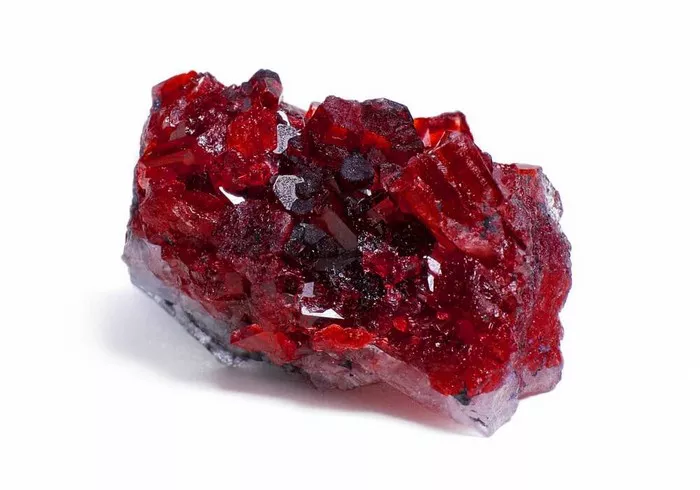Rubies, with their rich red hue and exceptional rarity, have captivated humanity for centuries. They are one of the most coveted gemstones, prized for their beauty, durability, and symbolism. Understanding where rubies are most commonly found requires delving into their geological origins, mining history, and current sources.
Geological Origins of Rubies
Rubies belong to the corundum mineral species, which also includes sapphires. The intense red color of rubies comes from trace amounts of chromium in the crystal structure. Rubies form in metamorphic rocks under high pressure and temperature conditions, typically within marble or schist formations. These rocks are often remnants of ancient mountain ranges that have undergone extensive geological processes over millions of years.
Historical Sources of Rubies
Historically, rubies were mined in regions known for their gemstone deposits, such as Myanmar (formerly Burma), Sri Lanka, and Thailand. Myanmar, in particular, has been renowned for producing some of the finest rubies in the world, known for their deep red color, often referred to as “pigeon’s blood” red.
Where Is Ruby Most Commonly Found
Myanmar (Burma): Despite political and ethical challenges, Myanmar continues to be a significant source of rubies, particularly from the Mogok region. These rubies are highly valued for their exceptional color and clarity.
Mozambique: In recent years, Mozambique has emerged as a major source of rubies, with deposits found in the Montepuez area. These rubies are known for their deep red color and are often heat-treated to enhance their clarity and color.
Madagascar: Madagascar is another important source of rubies, with deposits found in the Andilamena region. Madagascan rubies are known for their rich red color and are often found in small sizes, making them ideal for jewelry.
Thailand: While Thailand was historically a significant source of rubies, production has declined in recent years. However, Thai rubies are still highly regarded for their color and clarity.
Vietnam: Vietnam has also emerged as a source of rubies, particularly from the Luc Yen and Quy Chau areas. Vietnamese rubies are known for their deep red color and are often found in alluvial deposits.
Other Sources and Synthetics
Apart from these primary sources, rubies are also found in smaller quantities in countries such as Afghanistan, Australia, Cambodia, India, and the United States (Montana). Additionally, synthetic rubies, created in laboratories, have become increasingly common and are used in various applications, including jewelry and laser technology.
Conclusion
In conclusion, rubies are found in various parts of the world, with each source offering unique characteristics and qualities. While traditional sources like Myanmar and Sri Lanka continue to be important, newer sources like Mozambique and Madagascar are also contributing significantly to the global ruby market. As technology advances, it is likely that new sources and methods of producing rubies will continue to emerge, ensuring that these captivating gemstones remain accessible to admirers and collectors around the world.


